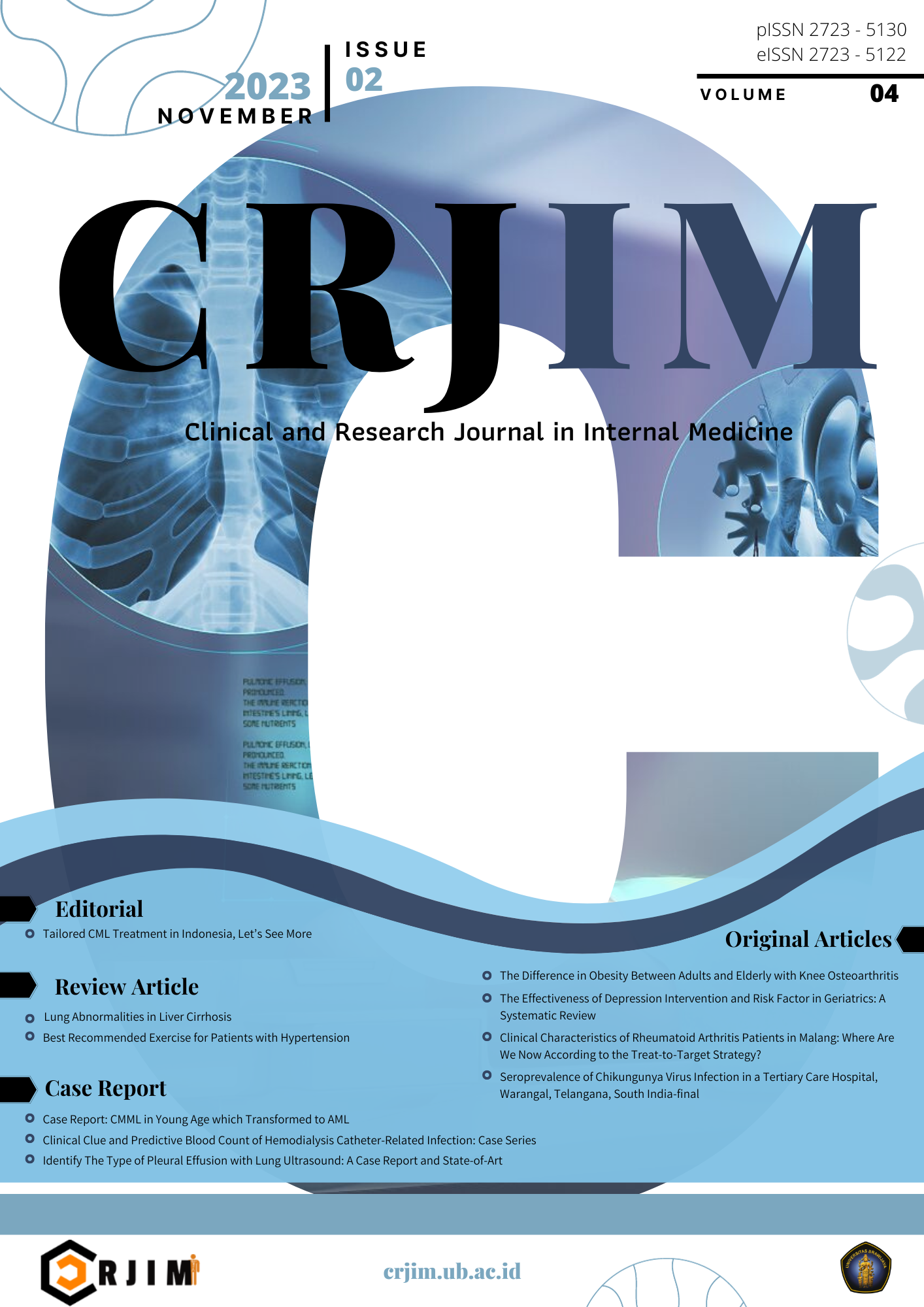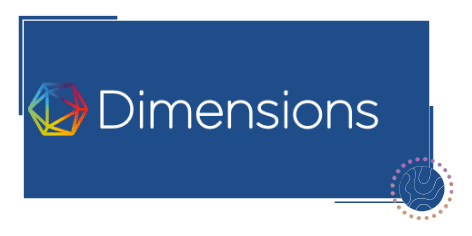The Diagnosis Algorithm of Chronic Hypokalemia in Bartter Syndrome and Gitelman Syndrome: A Case Report
DOI:
https://doi.org/10.21776/10.21776/ub.crjim.2021.002.02.7Keywords:
Hypokalemia, Bartter syndrome, Gitelman syndromeAbstract
Introduction: Hypokalemia is common disorder characterized by low plasma potassium levels (<3.5 mEq / L). Hypokalemia can be caused by genetic disorders. Bartter syndrome and Gitelman syndrome are rare genetic disorders that cause damage to the tubular kidneys. The cause of hypokalemia must be determined by analyzing the diagnosis algorithm of hypokalemia.
Case Illustration: A 27-year-old woman was brought to the emergency room with complaints of weakness in both legs since 1 day ago. Obtained a history of chronic hypokalemia since 5 years ago. No history of thyroid disease, and never taking diuretic drugs. The patient is calm. Vital signs: BP: 110/60, regular pulse 88x/minute, temperature: 36.7°C, respiratory rate 14x/minute, oxygen saturation 99% in room air. ECG showed Normal sinus rhythm with normal T wave. Laboratory findings showed severe hypokalemia with plasma potassium 1.7 mEq/L, increased urine potassium (71.1 mmol/24 hours), increased urine sodium 306 mmol/24 hours, and increased urine chloride (342 mmol/24 hours), plasma magnesium levels were normal (1.91 mg/dL). KCl infusion was given to correct electrolyte imbalance condition.
Discussion: : Several examinations must be performed to confirm the cause of hypokalemia condition. The diagnosis of this patient was suspected to lead to Bartter syndrome and Gitelman syndrome, because there was an increase in urinary potassium excretion, normotensive conditions, no suspicion of metabolic acidosis, and no symptoms of nausea and vomiting and no history of diuretic drugs usage.
Â
Keywords:Â Hypokalemia, Bartter syndrome, Gitelman syndromeReferences
Siregar P. Gangguan Keseimbangan Air dan Elektrolit. Buku Ajar Ilmu Penyakit Dalam PAPDI edisi 6. InternaPublishing. 2014
Anthony J., Niah W. Potassium Disorders: Hypokalemia and Hyperkalemia. American Family Physician. September 15, 2015. Volume 92, Number 6. http://www.aafp.org/ afp/2015/0915/p487-s1. html.
T.D.S. Cunha, I.P. Heilberg. Bartter syndrome: causes, diagnosis, and treatment. International Journal of Nephrology and Renovascular Disease 2018:11 291–301.
Al Sibli A. Narchi H. Bartter and Gitelman syndromes: Spectrum of clinical manifestations caused by different mutations. World J Methodol. Jun 26, 2015; 5(2): 55-61. Published online Jun 26, 2015. doi: 10.5662/wjm.v5.i2.55
Bockenhauer D. Bartter's Syndrome. National Organization for Rare Disorders (NORD). 2016; http://rarediseases.org/rare-diseases/bartters-syndrome/.
Alwi I, Salim S, Hidayat R. Penatalaksanaan di Bidang Ilmu Penyakit Dalam Panduan Praktik Klinis. InternaPublishing. 2019
LaRosa CJ. Bartter and Gitelman Syndrome. Merck Manual Consumer Version. January 2018. Available at: http://www.merckmanuals.com/professional/pediatrics/congenital-renal-transport-abnormalities/bartter-syndrome-and-gitelman-syndrome
Silverman G., Pedrosa I, Ellis J. et. al. Bosniak Classification of Cystic Renal Masses, Version 2019: An Update Proposal and Needs Assessment. radiology.rsna.org. Radiology: Volume 292: Number 2—August 2019; 292:475–488.https://doi.org/10.1148/radiol.2019182646.
Amnoff M. Fluid and Electrolyte Disturbances. In: Fauci A, Kasper D, Longo D, Braunwald E, Hauser S, Jameson J, Loscalzo J, editors. Harrison’s Principles of internal medicine, 18th ed. United States of America; The McGraw-Hill Companies, 2012.



















